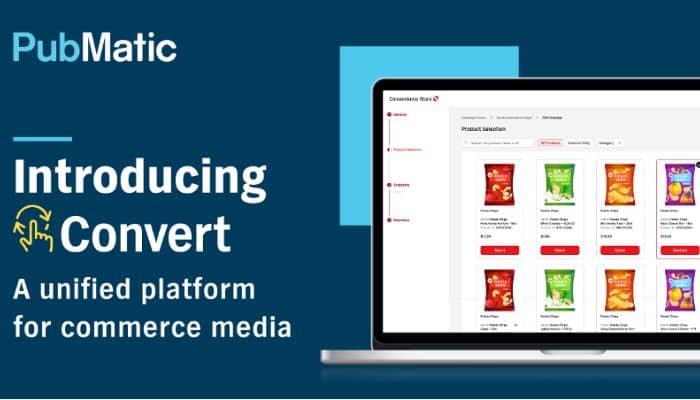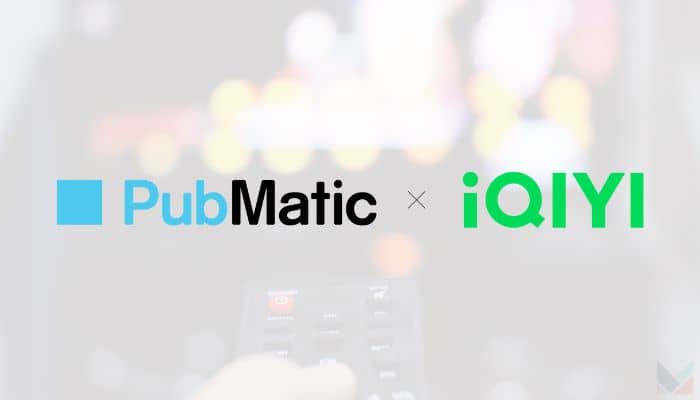Singapore – The phase-out of third-party cookies by Google is hitting yet another roadblock, as the tech giant announced that the move will most likely be delayed until early 2025. This is the latest cookie deprecation delay from Google, with the phase-out initially intended to roll out back in 2022.
In a blog post in Google’s The Privacy Sandbox page, it stated that they recognise that there are ongoing challenges related to reconciling divergent feedback from the industry, regulators and developers and that they will continue to engage closely with the entire ecosystem.
“It’s also critical that the Competition and Markets Authority (CMA) has sufficient time to review all evidence including results from industry tests, which the CMA has asked market participants to provide by the end of June. Given both of these significant considerations, we will not complete third-party cookie deprecation during the second half of Q4,” Google stated.
The first delay on the Google third-party cookie phase-outs happened by late 2023, then again to late 2024, and now to early 2025.
In light of yet another year of delay of third-party cookie phaseout, MARKETECH APAC reached out to multiple industry leaders in the region to learn more about what does this delay means for the future of a privacy-centric advertising strategy for marketers moving forward, and how brands should continue in their efforts to utilise first-party or zero-party data strategies for their marketing initiatives moving forward.
Genelle Hung, Country Manager for SEA at PubMatic

Adapting advertising technology for a more privacy-centric future is paramount and is an effort worth taking the time to get right. Google’s new timeline does not change our commitment to creating a vibrant ecosystem around Privacy Sandbox as well as other addressability innovation areas like alternative IDs, contextual signals and commerce media. At PubMatic, we are not taking our foot off the gas. We are continuing to test and innovate around Privacy Sandbox initiatives so we can best prepare our publishers and media buyers for an inevitable cookieless future.
Nishanth Raju, Managing Director for Asia at Lotame

Deja vu, Google. It’s really no great surprise that Google has pushed back the third-party cookie deadline again. It’s in an impossible polyamorous relationship where none of its partners (legislators, regulators, industry execs) are satisfied by its commitment. The message for brands and agencies is crystal clear. Do not slow down on divesting your advertising from cookies, as they will be retired at some point. It’s a matter of who controls your fate. Give into waiting on Google, and you’re unfortunately wasting precious time building a solid portfolio of options, whether it’s identity frameworks or data collaboration.
Dan Richardson, Director of Data & Insights for AUSEA at Yahoo

Google’s new timeline helps the industry continue to test and adapt. Beyond even cookies, non-addressable inventory will only increase and the industry should act now to prepare for these changes. Either way, Yahoo is ready to support advertisers today, with solutions for addressable and non-addressable environments, as well as testing in the Privacy Sandbox.
Gary Cheung, General Manager at NP Digital Hong Kong & Taiwan

From our point of view, the delay comes to no surprise, but the deprecation of cookies will happen eventually, and marketers and advertisers need to prepare for it. This further delay will allow marketers additional time to prepare for the loss of third-party cookies and how we should adopt a first-party-driven data strategy to drive accurate and impactful marketing.
It is crucial for marketeers and brands to focus towards in maximising the acquisition of 1st-party data. This includes different types of data such as CRM, loyalty data, as well as online behavioural data gathered from digital assets like websites, apps, and media data such as clicks and views.
Bharat Khatri, Chief Digital Officer, Omnicom Media Group Asia Pacific

The cookieless future is not the whole story but one part of where we are headed in a privacy-first world. Effective advertising is powered by a wide variety of signals not just cookies. These traditional signals are bound to deprecate next year or soon due to high privacy concerns.
But there is a bigger issue — our industry is so focused on these declining traditional signals that they are not considering new developments like Google PAIR and The Trade Desk’s Unified ID 2.0. Privacy centricity is the now and the future for our industry.
Nonetheless, this news does not slow down the comprehensive approach we are taking to help clients stay ahead of the curve. OMG is taking a privacy by design approach with clients and accelerating towards privacy-safe future signals to continue our commitment towards responsible advertising.
Fai-keung Ng, Director of Data Partnerships at The Trade Desk

This is a quintessential illustration of why tethering the future of your business to a highly uncertain solution is not advisable. Advertisers ought to persist in their first-party data building endeavours, while publishers must prioritise expanding their base of authenticated users, regardless of Google’s cookie deprecation decision.
It is worth noting that this third-party deprecation delay by Google doesn’t comes as a surprise for many of the industry leaders in Asia-Pacific, as many are optimistic in the alternative strategies they use for a privacy-centric advertising era ahead. Moreover, utilising first-party and zero-party data using various advertising strategies are becoming more and more commonly applied across the industry, with some saying as well that this delay will not slow down their approach for responsible advertising, as they aim to guide their clients to stay ahead of the curve. From a general perspective, this new delay from Google is another indication for many industry leaders to continue evolving towards a future where understanding of users’ privacy is at the heart of their responsible advertising mantra online.











